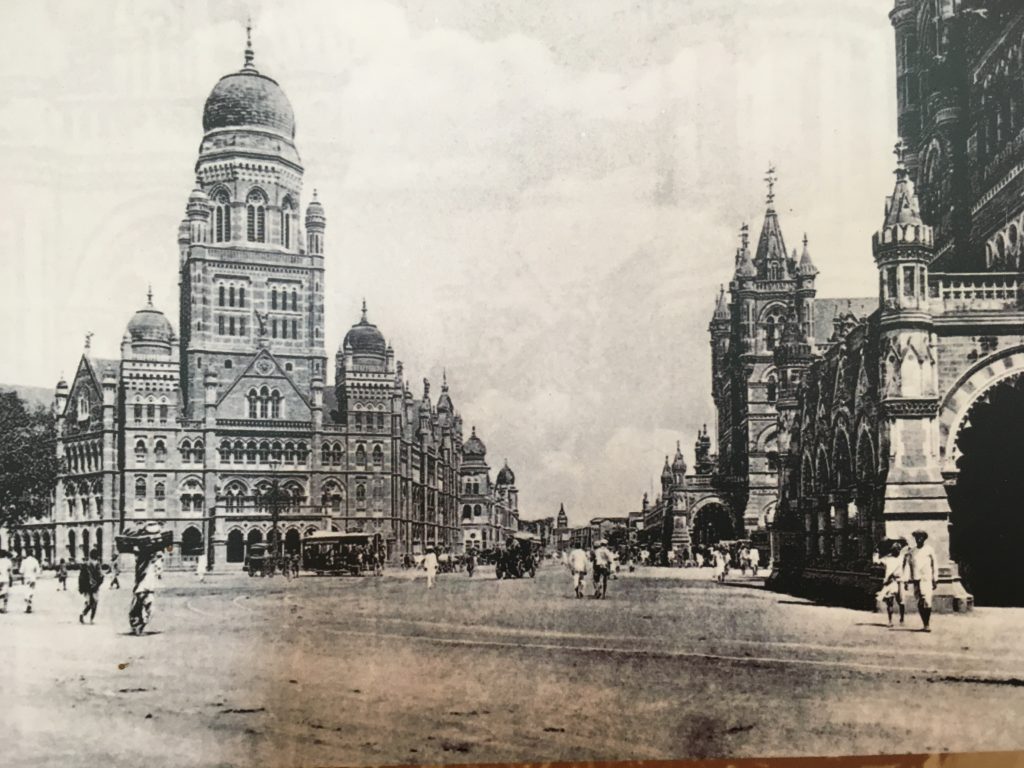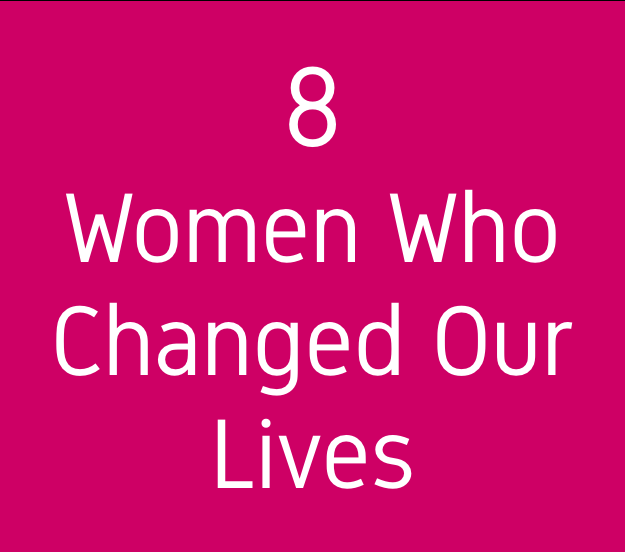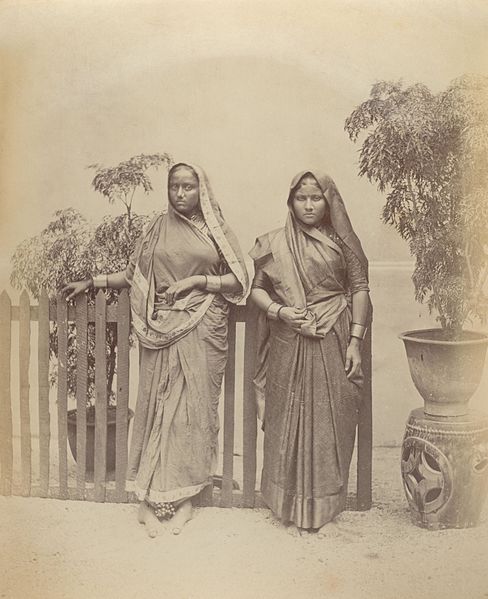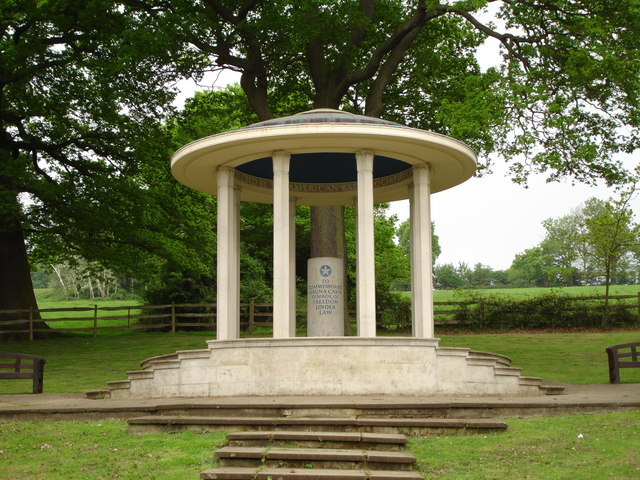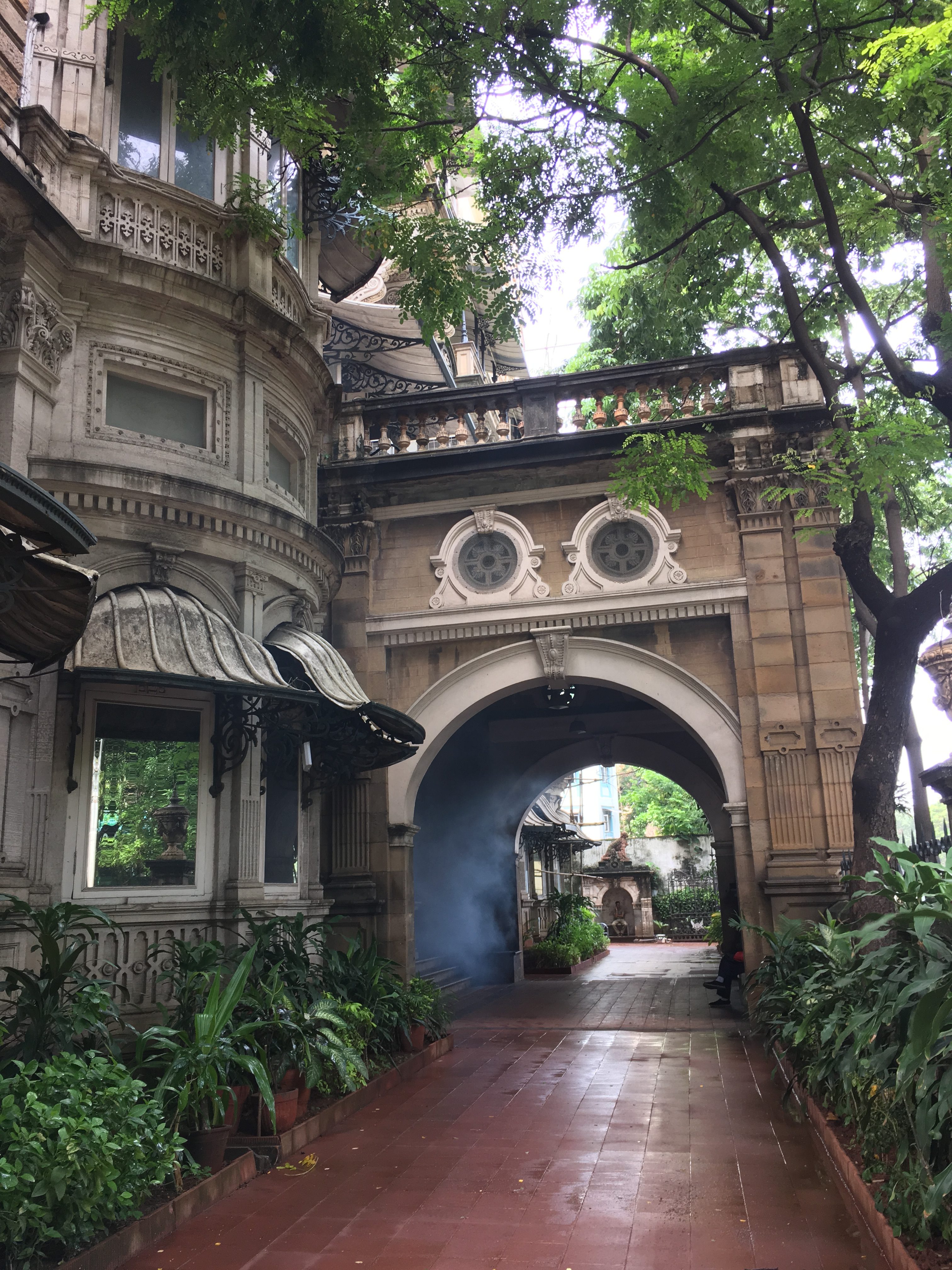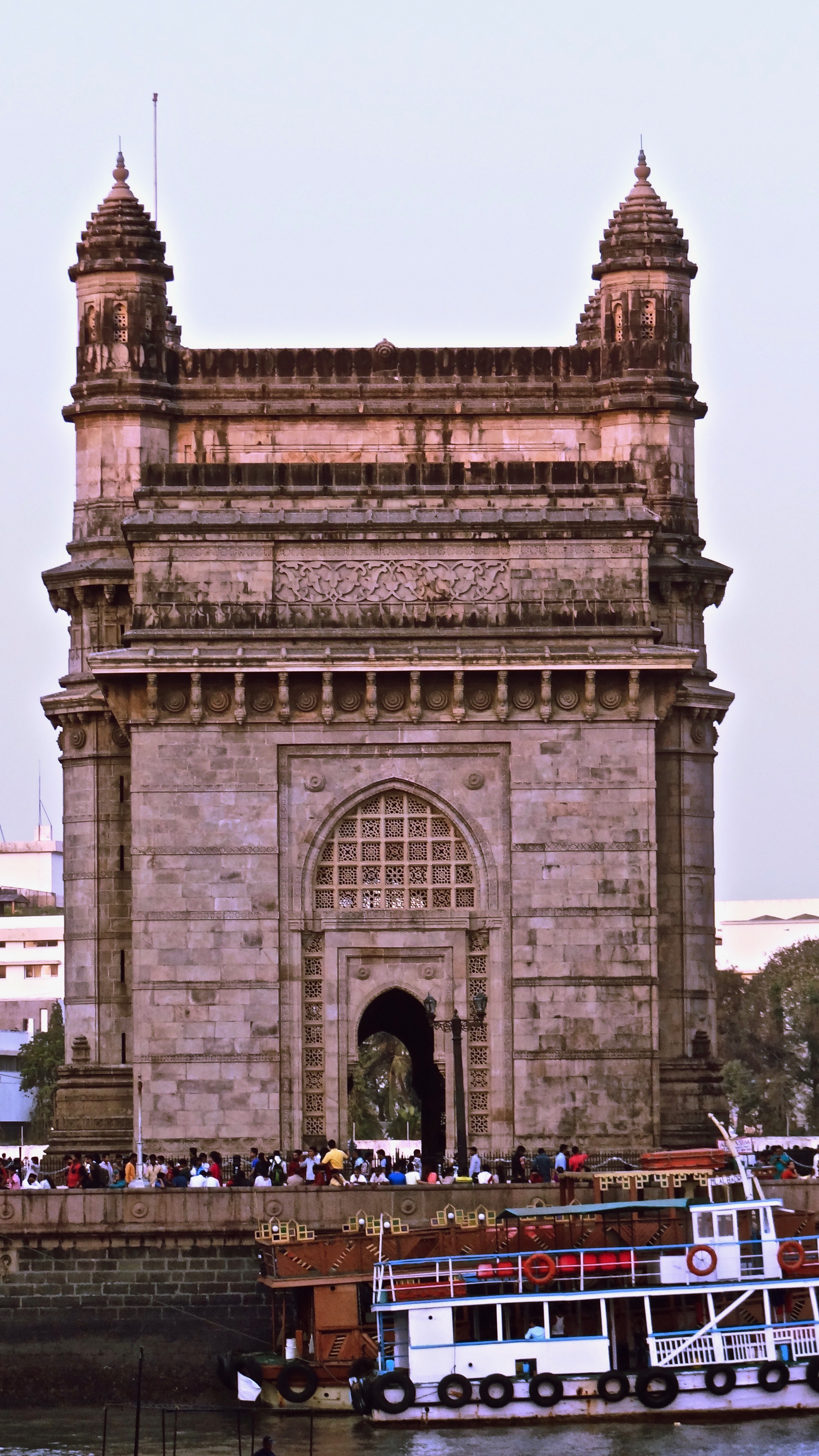
How Bombay Became Mumbai
How Bombay Became Mumbai
A brief history of Bombay
Maybe it seems like a fantasyland, a land where money grows on trees. Or maybe it is just a throbbing vein that attracts blood cells from all over. Be it the fish eating Konkanis, the carol singing Goan Christians or be it the Banias from the north- You’ll find each kind of human specimen thriving here. This is Mumbai.
To an outsider it is a chaotic city of dreams, for an insider it is a part of life. As for me, it is where live moves on- be it floods, be it a terror attack, I haven’t seen a bunch of people ever more disconnected and still in tandem. Mumbaikars pull together when in need and don’t mind shouting each others’ ears off in a railway train over a seat. Was Mumbai always like this; at odds with itself, wailing horns and constant traffic not to mention the stinking gutters? Maybe we haven’t seen Mumbai in any other way but let’s not forget the fact that the roots of this city run more deeper than we can think.
The Start of a Story
Somewhere in the 3rd Century BC Buddhists found their way on an island in the Arabian Sea. They came here and over a span of years maybe centuries built the Kanheri and Elephanta caves. They weren’t the only ones. These bunch of islands off the coast near the central region of India have welcomed not one or two but multiple visitors. Maybe they were guests or rulers; they’ve all left a stamp behind. The Gujaratis, the Marathas, the Mughals, the Portuguese and many others sport a link with Bombay.
After the Buddhists, the Silhara Dynasty of Konkan came to the islands. These Hindu rulers have left a significant mark of this island. Two very famous temples of Babulnath and Walkeshwar are from this era. The Walkeshwar Temple was constructed in the 10th Century and the Babulnath temple in 13th century. The Hindus ruled from around 810 right up to 1348 AD.
In the mid 14th century, Islamic Gujaratis took over. Luckily they didn’t destroy these beautiful temples which still stand today amongst the bustle of Bombay.
Another two centuries and on 25 October 1535, the Portuguese came under the possession of Bombay. Unfortunately, they weren’t here to say either.
Signing over her royal dowry, Princess Catherine of Braganza married Charles II of Britain on 8 May 1661. The royal dowry included the 7 islands that would later form Bombay. After a little tussle with the Portuguese the English acquired the Bombay island and later also added Mahim, Sion and Wadala to their kitty. By the Royal Charter of 27th March 1668, Charles gave away these islands to the British East India Company at a mere rent of £10 per year. These 7 islands were gold, only the crown didn’t know that.
Then came the explosion.
https://instagram.com/p/Bh8g8MalTfe/
The British Are Here to Stay
The Portuguese had built a Bombay Castle. The British East India Company set to work. They built a fortification around the Bombay Castle. They also constructed a quay and warehouses. Till then, a small economy had grown in Bombay. But the British wanted more.
This fort wasn’t just a city but a potential gateway. Anyone with half a head could see that. Wasn’t it obvious? Mumbai was a natural harbour, very safe from the ocean yet deep enough for most ships and it was on the west coast. It was the perfect entryway into the Indian subcontinent.
By this time, Bombay had had its first governor under the Company. They had also established the mint. Gerald Aungier, the second governor, formulated inviting business incentives. People began flocking to these islands. They came here to settle and make livelihoods. Parsis from Iran, Marathis, Gujuratis, Christians, Muslims and Jews all gathered here and lived in this city.
Fast forward to 1838 and Bombay began looking like what it does today. In 1782 when William Hornby became the Governor, he decided to link the islands of Colaba, Old Women’s Island, Mazagaon, Worli, Mahim, Parel and Bombay. He initiated the Hornby Vellard project that changed the face of this city.
The first cotton textile mill was set up on 7th July, 1854. The ship building industry followed in 1863.
In 1862, Sir Battle Frere became the Governor of Bombay. He was ever the optimist and conceptualised the roots of Bombay. He decided to bring down the Bombay fort. It was too inconvenient and nascent, he had even bigger plans for this city.
———————————-
If you are liking ‘How Bombay Became Mumbai’, you’ll also like-
———————————
Changing the Face of this Beautiful Bay
The British troops housed overseas in India were undoubtedly homesick. They missed the revival gothic architecture and the upbeat vibes of urban London. Bombay was a quiet harbour and a clean canvas to draw upon. Sir Frere set off to build mini London.
The old fort had fortifications and three gates- the Apollo Gate, Church gate and the Bazaar gate. These were brought down and the new Bombay rose.
The excess money in the city went in to the stock exchange. A business elite class consisting of Sir Jamshedjee Jeejebhoy, Jagannath Sunkersett, David Sasson and Sir Premchand Roychund amongst others where the chief employers in the city. They banded together and gave a boost to Sir Frere’s dreams. They provided the finances and built huge legacies that are still around today. Libraries, hospitals, educational institutions, the Bombay Stock Exchange and the famous Prince of Wales museum as it was formerly known are all a part of that legacy.
https://instagram.com/p/Bh8ZXXglOwZ/
Once upon a time, not even a hundred years ago the textile industry ran the city. India was the preferred market and of course they set shop near its gateway. Bombay was where India came, to haggle their wares to the foreign merchants. Cotton exchanges were a part of Bombay and took place at Colaba. Cotton was turned into textile and exported here.
There was a time when these mills fed the city. They had 2 shifts, one for the day duty and one for the night duty. Such was the demand for textiles. A common gong rang around the city at 9am signalling the shift timings.
———————————-
If you are liking ‘How Bombay Became Mumbai’, you’ll also like-
Did you know about the Bombay Blood Group
———————————
And then as if a light was switched off, all this came to an abrupt halt when the strikes began. Workers went on major strikes, forcing all mills to shut down, not for a day or two but permanently.
The Explosion Of Today
Today, there isn’t a single functioning textile mill around except for the ruined empty skeletons of buildings that were once the major hub of activity. Huge mills in the Parel area have given way to an industrial area and a shopping mall. The old mills are being brought down and in their place sky high skyscrapers are blocking the sunlight. Those skyscrapers that hardly anyone seems to afford.
Has this city finished evolving? Absolutely not. After 1995, Bombay became Mumbai after the local goddess Mumba devi. Many local names changed from sounding British to very much Indian.
But again, it might be ‘Mumbai’ for the world yet it is ‘Bombay’ for the city’s lifelong dwellers. They still catch a train to the Victoria Terminus (VT) now known officially as CST and we all know- Mumbai is our jaan. The railway local is its throbbing vein and the buses are the BEST in this country.
Did you know- Bombay is the refined version of the Portuguese word ‘Bom Bhaiam’ meaning beautiful bay. It’s an irony, is it not?
This article first appeared on the Virasat-e-Hind Foundation‘s website on 24th of July, 2017.
Share ‘How Bombay Became Mumbai’ with your friends too and be a part of this city’s forgotten past.





